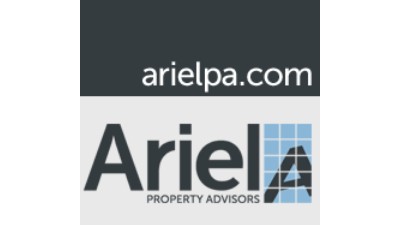Which Boroughs Felt A Multifamily Summer Slowdown?

The recently released Multifamily Quarter in Review: Q3 2016 report, courtesy of Ariel Property Advisors, depicts a mild summer for New York City multifamily sales. Bogged down by a market consisting of mainly small and midsized transactions, Q3 of this year saw dollar volume citywide fall on both a quarter-to-quarter and year-over-year basis.
Over the penultimate quarter of the year, 178 transactions took place in New York City. The sales spanned 284 buildings and accounted for $3.1B in gross consideration. The market saw a 15% decline in dollar volume, a 1% decline in transaction volume, and a 22% decline in building volume compared to Q3 2015.
Last summer, 363 properties traded across 180 transactions totaling $3.66B in gross consideration.
Although there was no dip in transaction quantity as compared to Q2 of this year, a dollar-volume slide of 18% could not be avoided between the spring and summer.
Amid the correction, strong pricing continued to hold or appreciate across most measures in Northern Manhattan, The Bronx and Queens. Brooklyn and Manhattan as a whole, however, showed signs of modest softening.

Manhattan’s relatively light dollar volume during Q3 is the result of a 32% slide in sales revenue as compared to Q2, landing at $972M.
Brooklyn’s multifamily dollar volume climbed higher despite the overall lukewarm nature of the quarter. Rising by 5% year-over-year despite a 15% fall in the amount of transactions, the borough counted on several institutional-caliber deals north of $20M to help it overcome the less-than-impressive summer.
Flatbush was one of the city’s most active neighborhoods. Williamsburg was a leader in dollar volume during the last six months thanks to $228.6M in gross sales. Gowanus played host to a highlighted transaction, which saw a 30-unit elevator property at 335 Carroll St change hands for $27.2M, or $907 PSF.
Northern Manhattan saw a modest uptick in year-over-year dollar volume. The submarket saw 27 transactions over 50 buildings, totaling $662.7M, which represents a 10% increase in dollar volume compared to Q3 of last year.
One notable Washington Heights sale was a six-story, 32-unit walk-up building at 520 West 174th St that sold for $8M, or $427 PSF. Elsewhere, in Hamilton Heights, a 21-unit walk-up building, 584-586 West 152nd St, sold for $6.7M, or $351 PSF.

The quarter’s Bronx multifamily transactions continued to show price appreciation even though transaction volume and dollar volume is down compared to 2015 levels. Similar to Q2 sales, the summer mostly consisted of small to midsize assets.
One example is the recent purchase of 1011 Carroll Place, a 56-unit elevator building in Melrose that sold for $11M: $184 PSF or $196k/unit. The sale of 1459 Taylor Ave in Parkchester for $4.5M or $189 PSF is another example of The Bronx's strength.
There’s reason for optimism in Queens as well. For the third straight quarter, the borough showed considerable year-over-year growth in multifamily dollar volume. The borough saw 22 trades consisting of 29 buildings and $326.6M in gross consideration, which represents a 65% year-over-year increase in dollar volume.
One notable trade was an elevator multifamily building in Elmhurst at 51-25 Van Kleeck St with 76 units that sold for $21.1M, or $325 PSF and a reported cap rate of 3.35%. In Sunnyside, a 55-unit elevator multifamily building at 47-46 40th St sold for $15M, which equates to $298 PSF and $272k per unit.

Despite the recent lackluster stats in some areas of the city, the six-month trailing averages paint a brighter picture, especially with regard to cap rates.
Cap rates rose for the second quarter in a row in Manhattan, hitting 3.87%, which is up 27 basis points compared to Q1 of this year. In Brooklyn, average cap rates are up 13 basis points over the same time span. Inspired by the supply of new rental units coming to the market in the next few years, buyers appear to be pricing in on higher interest rates as well.
Nonetheless, these trends likely reflect a modest correction from historically low cap rates and Ariel will closely monitor how the pricing trends evolve.
To learn more about this Bisnow partner, click here.

